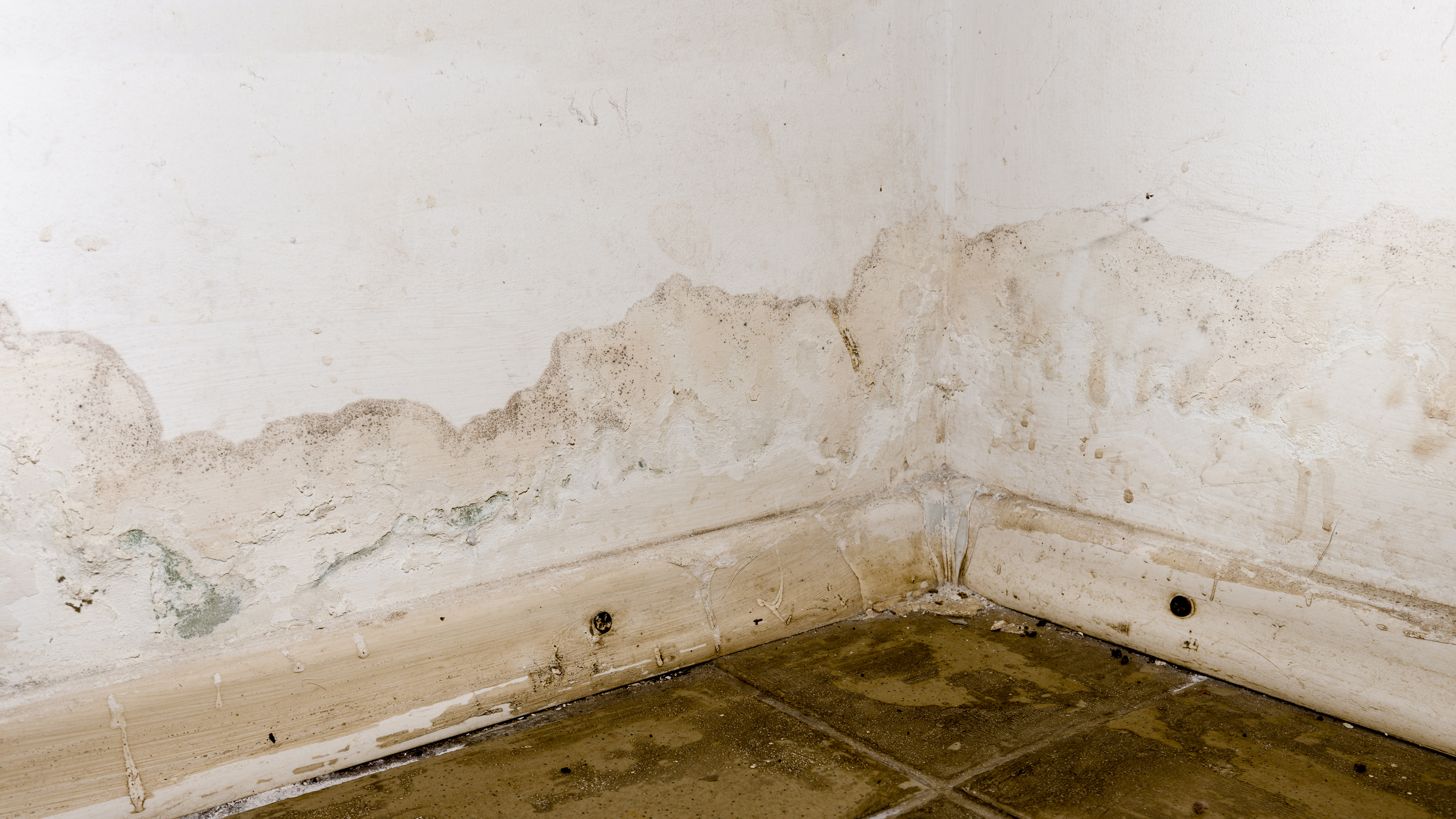
Have you found white mold in the basement? Identifying any kind of mold in your home can be alarming as it isn't exactly the nicest of wall coverings... However, as you may know, this fungus can spread quickly, causing structural damage to your property.
Moreover, mold can be hazardous to health and, if not treated correctly, can come back repeatedly once established. So knowing how to get rid of mold in all its variants is a must. For success, it's all about choosing the right removal methods for the specific problem you have.
What is white mold?
One thing to understand about mold is that it is a fungus and there are many thousands of specific subtypes. Michael Rubino, President of All American Restoration, and author of The Mold Medic: An Expert’s Guide on Mold Removal, which is available on Amazon, explains that 'with over 100,000 species of mold identified so far, this fungus can come in a variety of colors, shapes, and textures.'
That being said, 'one of the most commonly found molds in a home that’s white in color is Aspergillus.' This doesn't necessarily mean that that's what you have in your home. Michael Powell, a structural engineer, licensed mold assessor, and remediator from Red Flag Home Inspection, debunks a common myth that white mold refers to just one type of mold. All the term means, he goes on to say, is 'a commonly used word for mold spores demonstrating a similar visual, not microscopic, appearance. Practically and scientifically speaking it is not an accurate term, no more so than “black” mold which caught on after large lawsuits started being won by parties exposed to mold.'
'The fact is', Powell goes on, 'some mold starts and stays white. Others start white and change other colors, while some never exist as white. Like most other things, the color/appearance alone cannot be used to classify mold or its effect on humans.' As expected, when it comes to treating white mold, you will actually need to take a different approach to when getting rid of black mold.
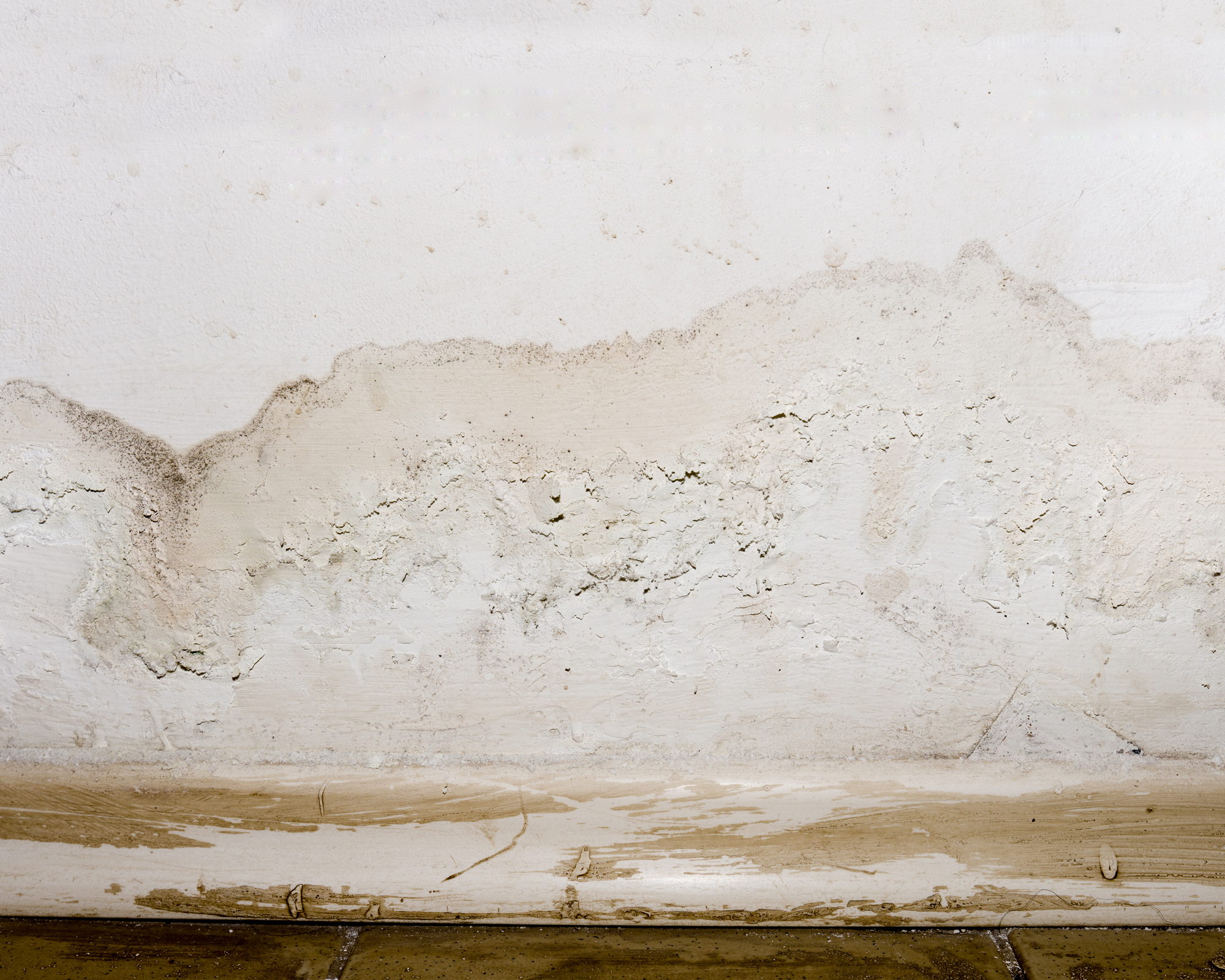
Mold growing on wall following rainwater damage
Typically, though, white mold refers to 'light dusting of mold on contents/surfaces, as opposed to the dense or robust growth of wet-material induced mold growth. The light dusting of mold is due to the lower moisture levels from which it typically grows. This mold is usually the result of elevated humidity (airborne moisture) as opposed to direct wetting of materials.'
White mold or efflorescence?
Sometimes people can mistake efflorescence, or salt deposits left after water has passed through a surface, for white mold. Both are common in humid environments like basements, but efflorescence poses no health risk. It's very easy to tell the difference: spray the surface with white marks with water. If it's salt, it will dissolve straight away.
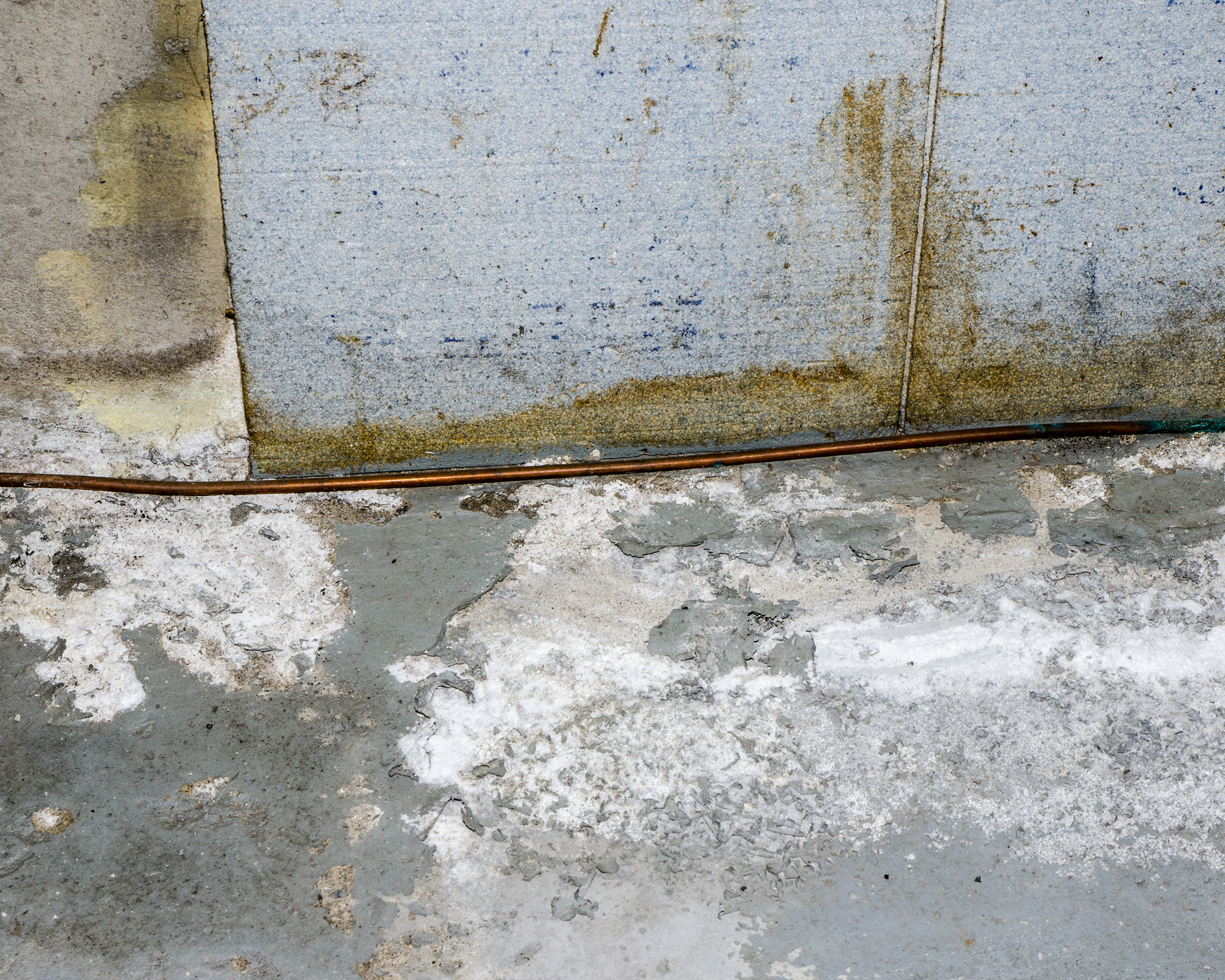
Basement concrete floor full of efflorescence because of humidity
Is white mold in the basement dangerous?
The answer to this question is: not necessarily, or not to all people, but you don't want to find out. Rubino points out that 'everyone responds differently to mold exposure. While one person may only have the occasional runny nose, another may develop over 30 symptoms.'
How the mold in your home could affect you depends on 'Aspects such as species of mold, genetics, immune system status, and length of exposure are some of the factors that play a role. Even common molds like Aspergillus can trigger symptoms and conditions, such as Aspergillosis, in those exposed. That’s why it’s best to treat all mold growth the same way: remediate it quickly and properly to remove the contamination and ensure your indoor environment is safe for you and your family.'
To sum up: while mold is no more or less dangerous than black mold, but it should be treated as seriously as black mold because you personally could be more susceptible to its negative effects on health.
How to remove white mold
The mold removal process will differ depending on what type of surface you're tackling, but Powell warns that 'people attempting to DIY mold remediation should know that the drier the mold (water source has been stopped and it dried out), the more friable and easily disturbed the mold spores become. For this reason, he recommends the following protective gear (all available from Amazon):
- A respirator
- Protective glasses
- Gloves
- A long-sleeved shirt
If you are cleaning a wallboard contaminated with mold, Powell advises to do the following:
- Have someone hold a flat sheet of plastic while taping the perimeter onto the moldy wall.
- Cut outside that taped/plastic area, to trap the mold spores between the drywall and the plastic.'
- Once you've done this, 'the doors and windows should be open to allow the release of any disturbed mold spores.
- If you get up to this step and see a much larger problem, 'you should use the plastic to seal it up and call in a professional.'
If you are dealing with a light dusting on contents/furniture, 'it is best to carefully move the item outside to be dealt with. When outside you can blow it off or wipe it with a rag and conventional cleaning agent. Clothing can be washed using hot water, although staining may remain.'
Rubino also recommends identifying the type of surface you have before doing anything. The three surface types you need to be able to identify before tackling white mold are:
- Porous: liquid absorbs into them
- Semi-porous: some liquid pools on top and some seeps into it
- Non-porous: liquid pools on top of them
If you've found white mold on a porous surface, Rubino advises just throwing it away altogether – you won't be able to get the mold out. If you're dealing with non-porous and semi-porous surfaces, arm yourself with the following:
- A HEPA vacuum cleaner
- Botanical cleaning products
- Microfiber cloths from Amazon
- Protective gear (as outlined above)
Now, 'thoroughly clean them using the tools above.' Vacuum up visible, crumbling mold first, then wipe off any remaining mold with the cleaning product and cloth. All used cloths should be either thrown away or washed on a hot washing machine cycle to prevent cross-contamination. Rubino recommends completing the cleaning process 'at least three times to ensure hard-to-remove contaminants, like mycotoxins and bacteria, are eliminated.'
If this process doesn't do the trick and the mold comes right back, 'there may be a larger issue at hand that requires a professional.'
How to tackle large areas of white mold in a basement
If you are dealing with an area larger than a single wall, you have a large-scale mold removal project that needs to be completed by a professional. Rubino's advice for larger-scale projects is to 'find a mold inspector to come in and assess the status of the home. This individual should spend a few hours inside and use a variety of measuring techniques. After this is complete, find a remediation team to fix the source of the issue, remediate the mold, and eliminate all contaminants, including mycotoxins and bacteria, if they’re present.'
Join our newsletter
Get small space home decor ideas, celeb inspiration, DIY tips and more, straight to your inbox!
Anna is a professional writer with many years of experience. She has a passion for contemporary home decor and gardening. She covers a range of topics, from practical advice to interior and garden design.
-
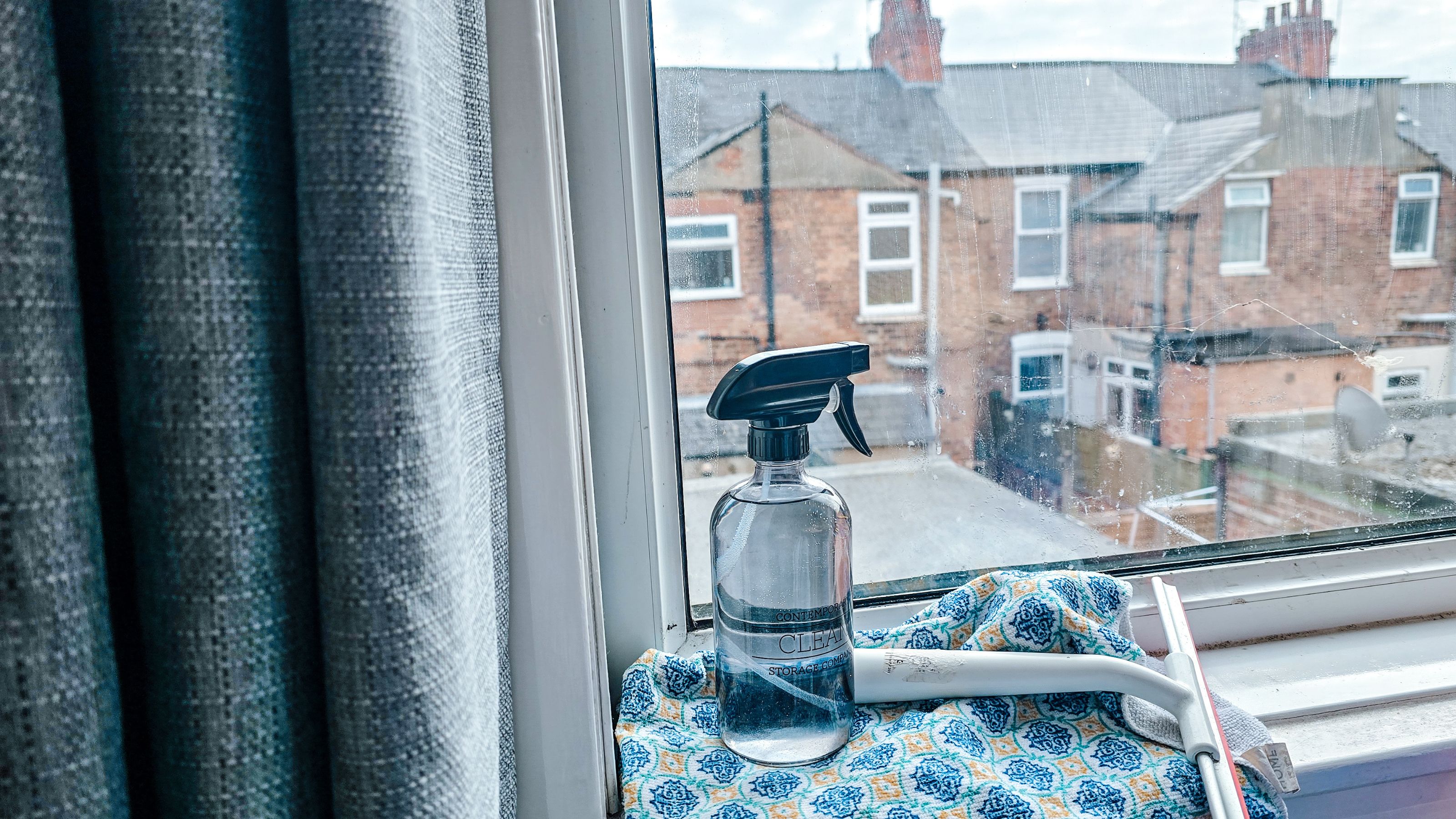 How to clean windows without streaks — 5 easy steps that cleaning pros always follow
How to clean windows without streaks — 5 easy steps that cleaning pros always followThis method on how to clean windows is favored by professional cleaners. We've asked them for the steps you should follow, plus picked cleaning buys
By Eve Smallman
-
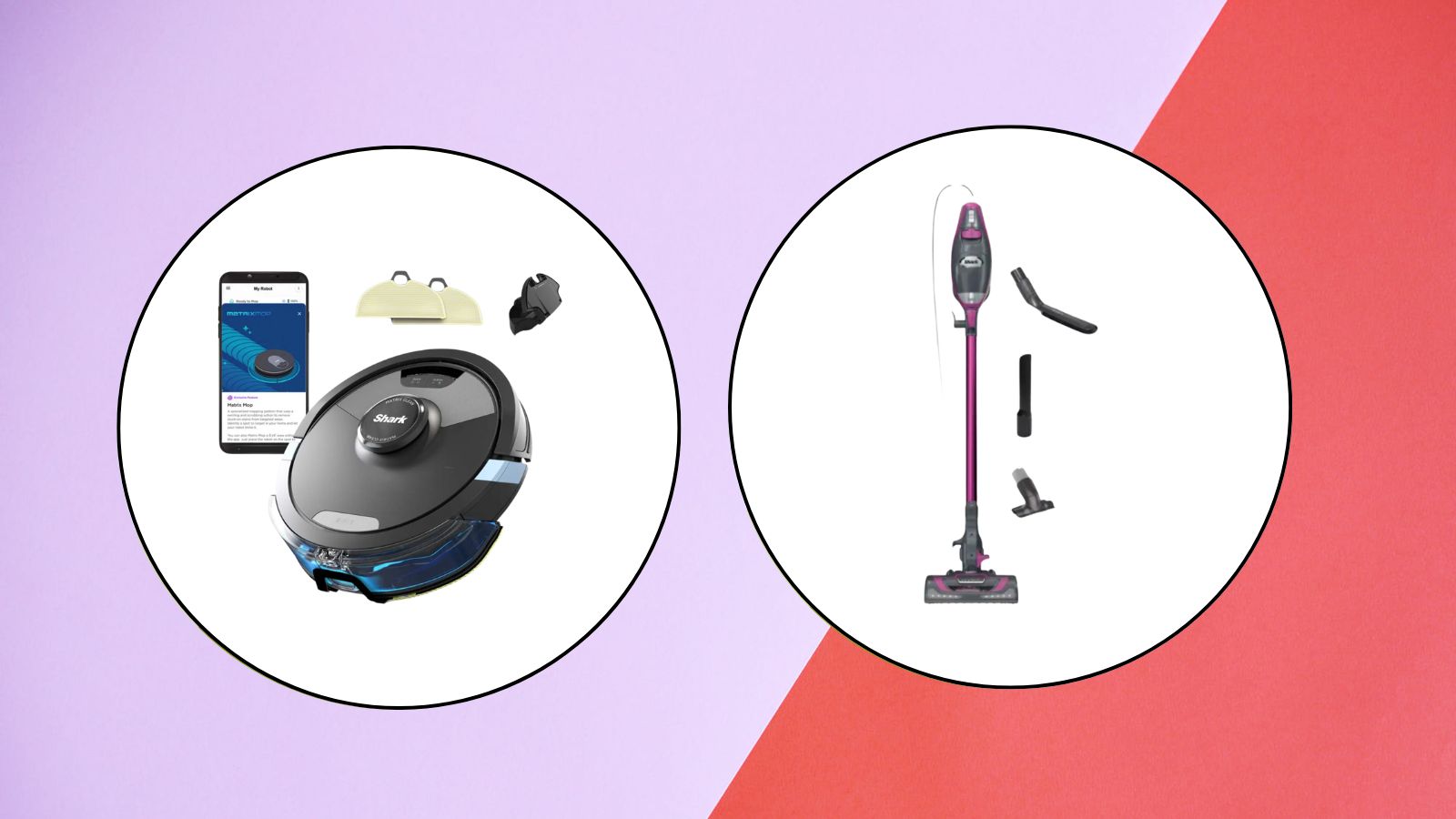 The latest Shark sale deals are perfect for pollen-proofing your home — with up to $150 off our favorite vacuums
The latest Shark sale deals are perfect for pollen-proofing your home — with up to $150 off our favorite vacuumsWe found the latest Shark sale deals on vacuums that are sure to be swooped up, especially as spring blooms trigger pollen allergies and we're in need of extra cleaning
By Danielle Valente
-
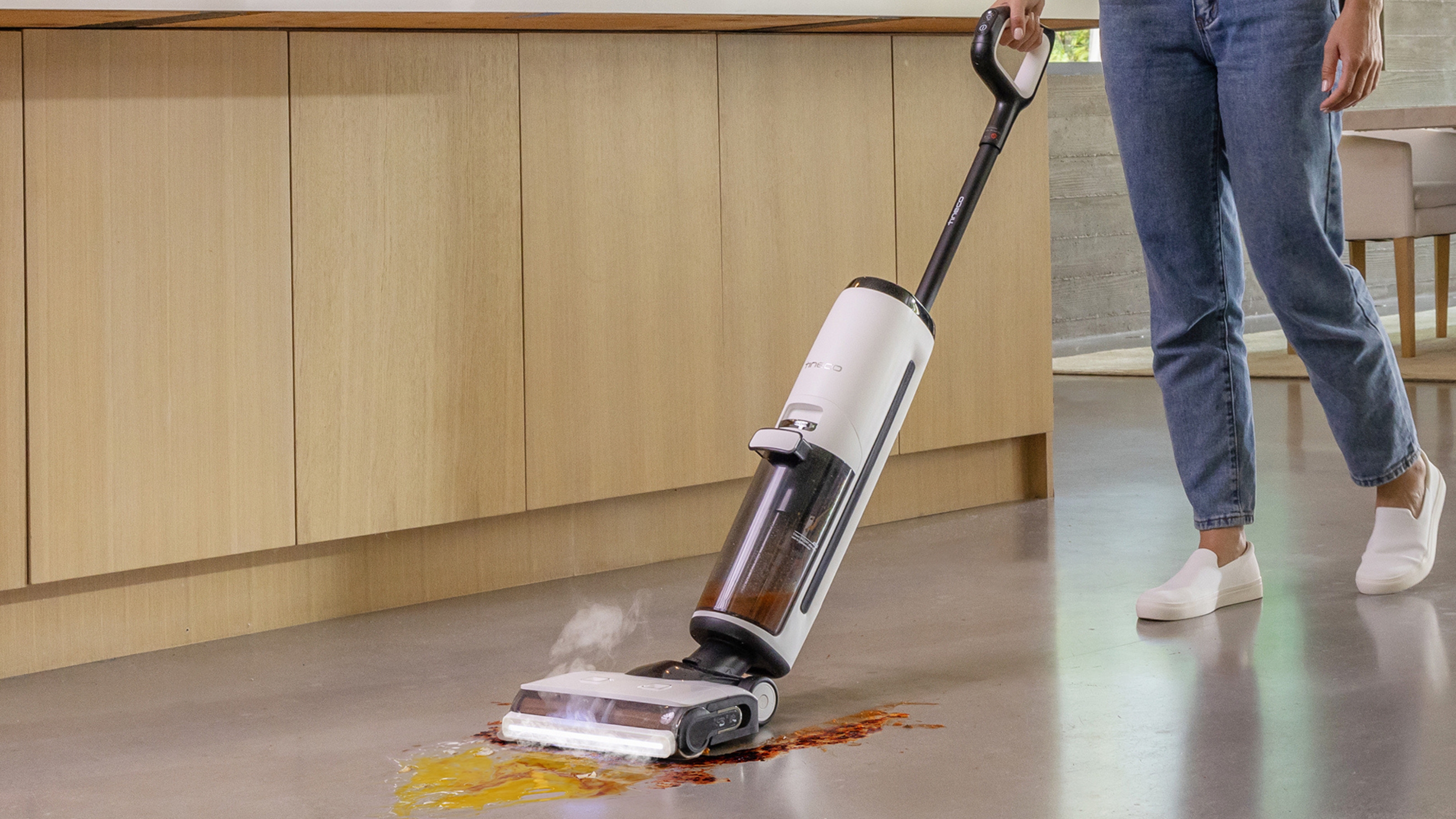
 Tineco Floor One S7 steam wet-dry vacuum review — spotless floors with minimal effort
Tineco Floor One S7 steam wet-dry vacuum review — spotless floors with minimal effortOur contributing editor, Camryn Rabideau, tests the Tineco Floor One S7 steam wet-dry vacuum in her New England homestead property
By Camryn Rabideau
-
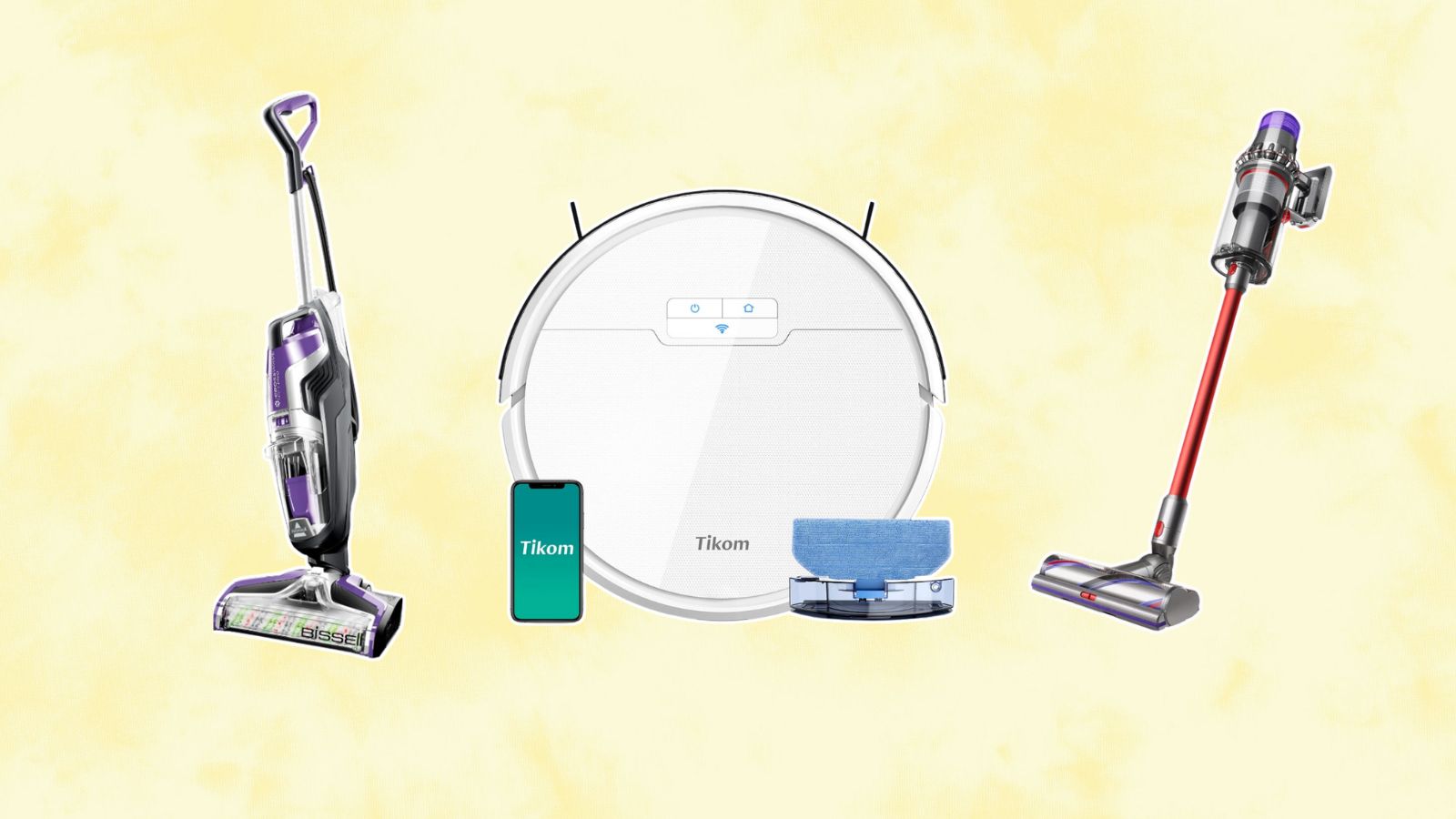 Amazon vacuum cleaners to nab during the retailer's Big Spring Sale — save up to 60% off our go-to small-space finds
Amazon vacuum cleaners to nab during the retailer's Big Spring Sale — save up to 60% off our go-to small-space findsChecking out the savings on Amazon? Vacuum cleaners are a must-buy during their first Big Spring Sale — here are our favorites up to 60% off
By Danielle Valente
-
 The Home Edit Walmart cleaning collection has just debuted with finds from $3
The Home Edit Walmart cleaning collection has just debuted with finds from $3Spring cleaning, anyone? The Home Edit Walmart cleaning collection has hit shelves with picks from $3
By Danielle Valente
-
 How to clean carpet on stairs — 3 simple steps to a spruced up staircase
How to clean carpet on stairs — 3 simple steps to a spruced up staircaseWant to know how to clean carpet on stairs? Our experts explain the simple steps to a sparkling stairway without too much elbow grease
By Andy van Terheyden
-
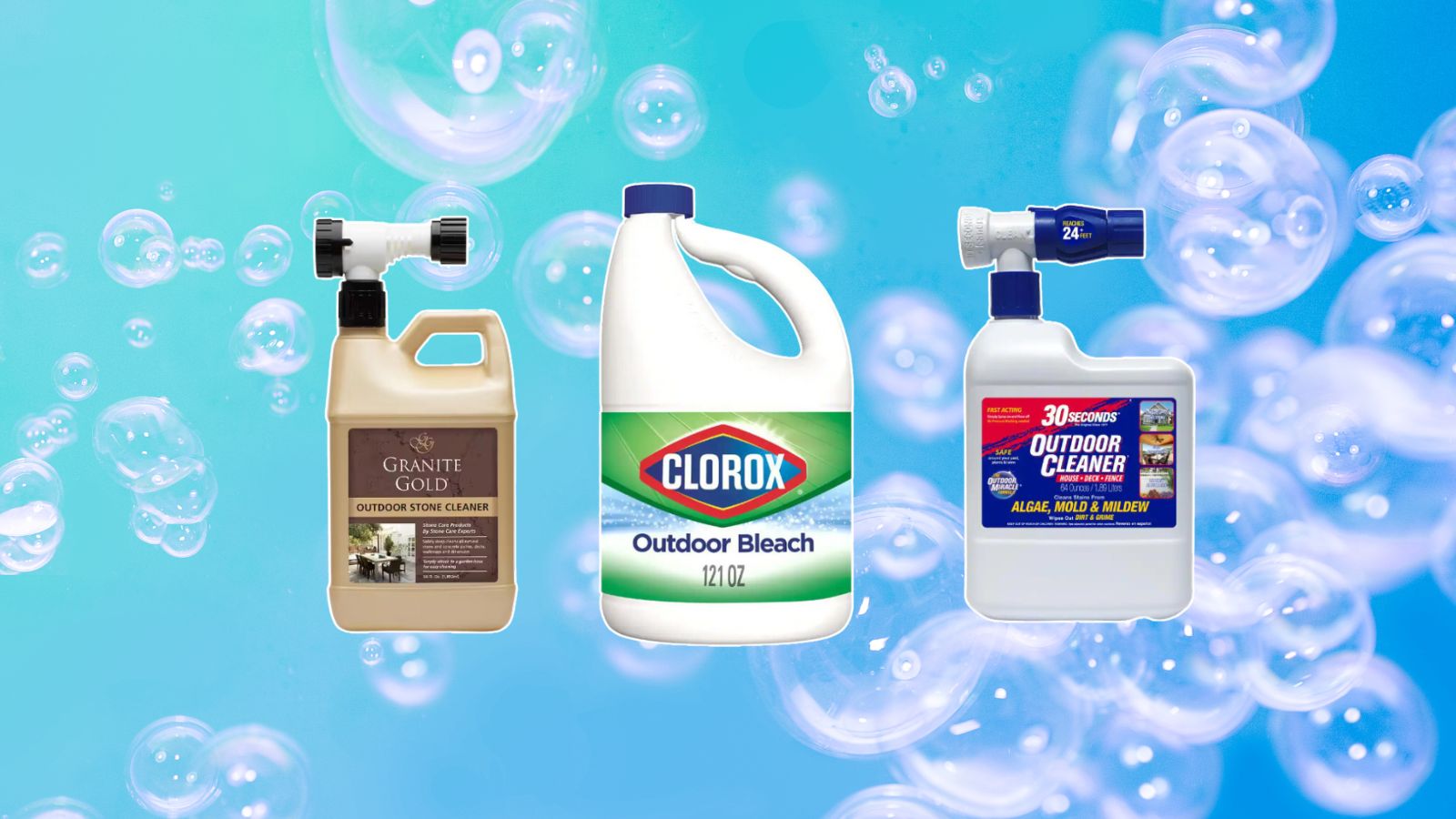 The Home Depot backyard and patio cleaning supplies we're stocking up on before spring
The Home Depot backyard and patio cleaning supplies we're stocking up on before springDon't forget the outdoors when spring cleaning — The Home Depot backyard and patio cleaning buys from $11 will assist with tidying up
By Danielle Valente
-
 The Shark Detect Pro vacuum and other models are on sale for St Patrick's Day — perfect picks for your spring clean
The Shark Detect Pro vacuum and other models are on sale for St Patrick's Day — perfect picks for your spring cleanWhether you're eyeing the Shark Detect Pro Vacuum or Shark Pet Cordless Stick Vacuum, shop the St. Patty's Day sale for a discount on the best vacuums on shelves
By Danielle Valente